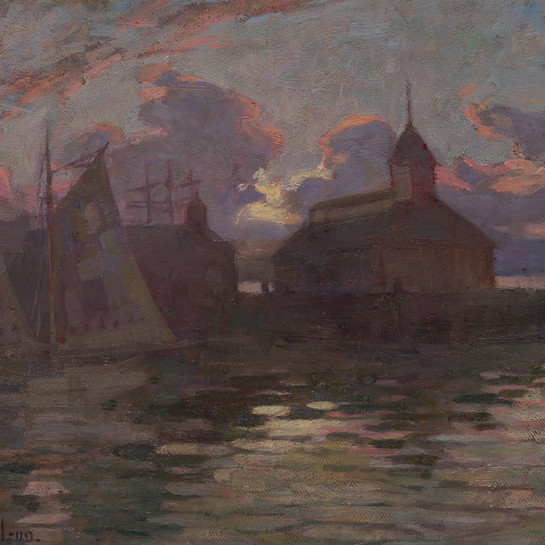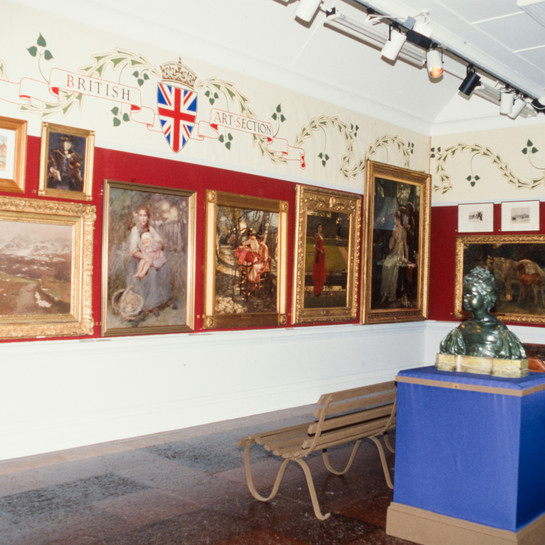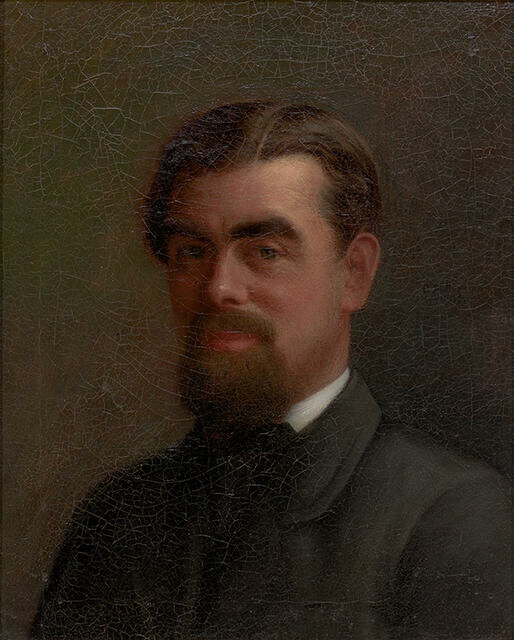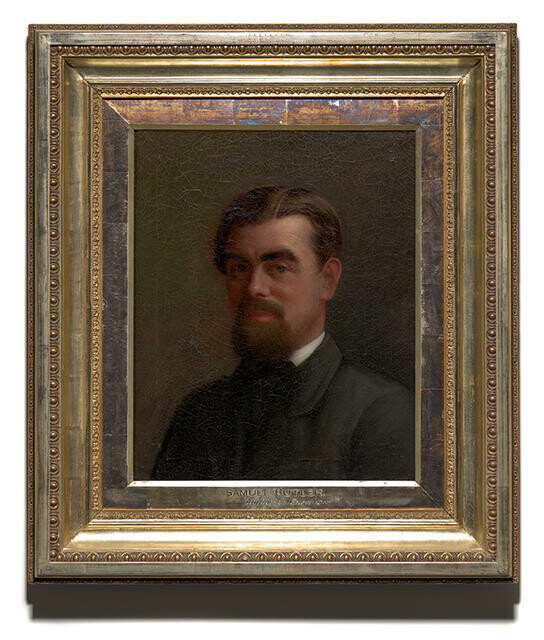Samuel Butler
England / Aotearoa New Zealand, b.1835, d.1902
Self Portrait
- 1873
- Oil on canvas
- Presented by the Canterbury College Board of Governors, 1933
- 820 x 720 x 65mm
- 69/76
Tags: artists (visual artists), authors, beards, black (color), coats (garments), men (male humans), people (agents), portraits, self-portraits
Brought to light, November 2009- 22 February 2011
The young Cambridge-educated Samuel Butler arrived in Canterbury in 1860. He established a successful sheep station in a remote mountainous region, doubled his £4,000 capital, and returned to England in 1864. Butler’s Erewhon, the fantastical satire which made his name, was begun in Canterbury and published in London in 1872, the year before he painted this self portrait. Like Butler, the narrator of ‘Erewhon’ is attracted to unexplored mountain ranges; when he reaches an isolated mountain civilisation which has centuries before rejected machinery, the Erewhonian’s fears (‘May not man himself become a sort of parasite upon the machines?’) strike a strangely contemporary note.
Exhibition History
One of several self-portraits, Samuel Butler painted this work in the middle years of his career as an artist. It is in the true academic realist style with a succession of thin oil glazes carefully smoothed to avoid visible brush strokes. An unseen light source is set in the top right throwing the features of half the face into strong light against the dark background. This was a technique pioneered and used to great effect by Rembrandt van Ryn (1606 -1669). Butler was born at Langar Rectory in Nottinghamshire, England, and studied Classics at Cambridge University from 1854 to 1858. He set sail for New Zealand in 1859. Butler was a significant early colonial settler in Canterbury, establishing a 55,000 acre sheep run named Mesopotamia. He was also very involved with the arts in Christchurch. In 1864 he returned to England, settling in London where he exhibited at the Royal Academy from 1869 to 1876. However, by 1877 Butler had abandoned his painting in favour of writing. (Opening collection hang, 2003)
The son of a clergyman, it was originally intended that he should also enter the church, but Butler found himself unable to accept the principles of Christianity, discontinued his studies in theology, and refused to be ordained. He much preferred to study art and became a professional artist. This did not meet with his fathers approval and in 1859 Butler set sail for New Zealand.
Following his arrival he sought to make his fortune in Canterbury and eventually took up a sheep run on the Rangitata River which he named 'Mesopotamia’. He also wrote and painted but in 1864 became disenchanted with his life in New Zealand and returned to England. The years spent here provided valuable material however for his celebrated satirical novel Erewhon.
Back in London he devoted much of his time to writing and studying art. Between 1869 and 1876 he had work exhibited at the Royal Academy. This self portrait was painted the year after he published Erewhon and is perhaps the closest he came to an academic portrait. Butler believed in a natural, instinctive way of painting and was very much a ‘primitive’.
After 1878 painting became a part-time pursuit as he spent more time writing about music and art. As an art critic he introduced through his book Ex Voto of 1888 the art of lesser known primitive Italian masters. His knowledge of Italian art was profound and rivalled only by his considerable classical scholarship.




